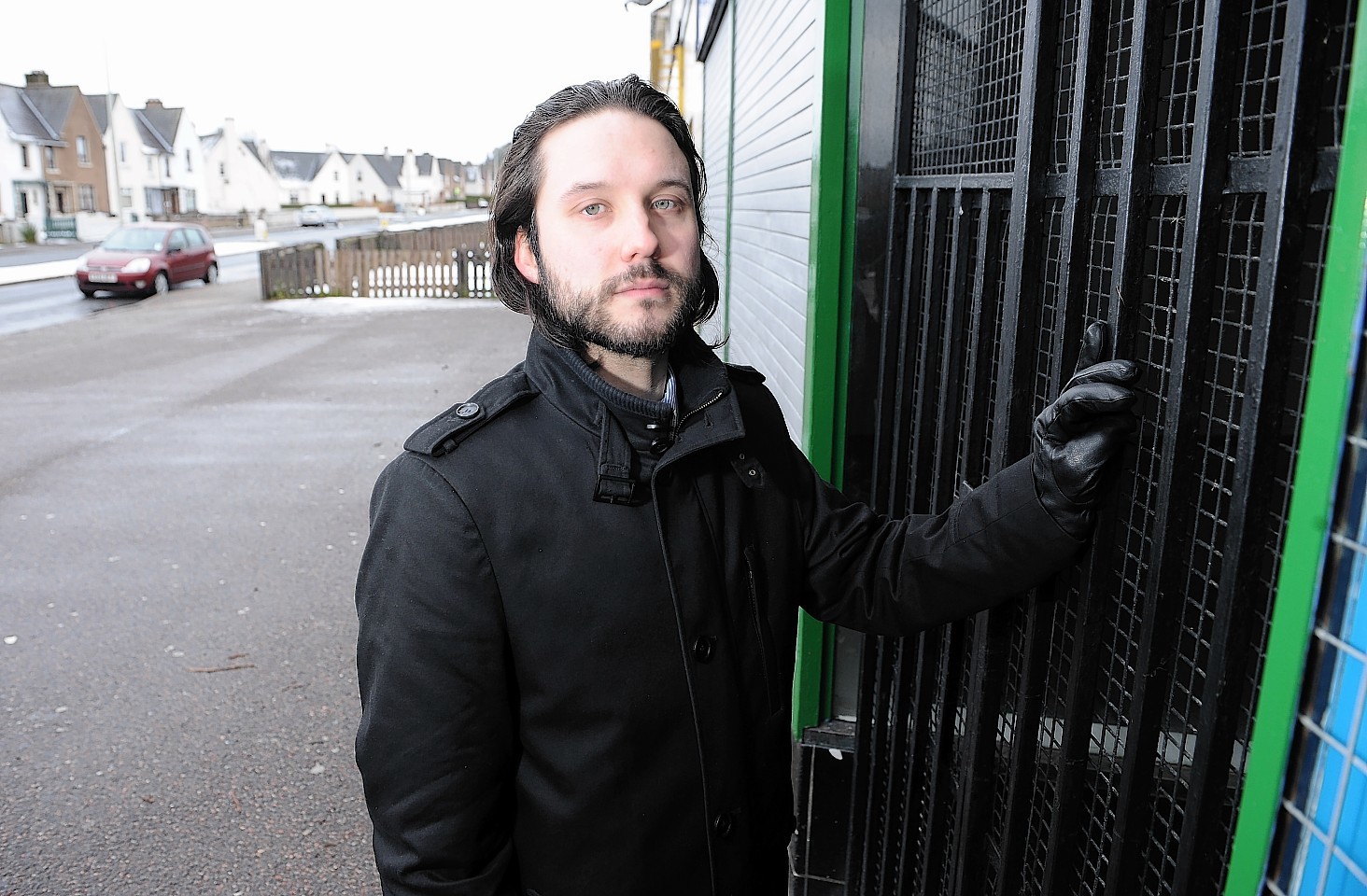A senior councillor has claimed the roads network in the Highland capital is at “breaking point” and has called for a blueprint to ease the gridlock.
Richard Laird wants the local authority, Transport Scotland the police to work together to get the city moving again.
The Inverness Central member said the toxic cocktail of disruption caused by flood alleviation works, a huge fire in Academy Street and parking issues has left residents fed-up and frustrated.
Councillor Laird – who is the deputy leader of the SNP group on the council – has already written to the local authority’s head of roads and transport demanding work starts on a traffic management plan.
He said last night: “Motorists, pedestrians, and residents around Inverness have grown increasingly frustrated with the city’s road network.
“Disruption caused by the flood works and the Academy Street fire has been understood and tolerated, but the recent news that sat navs are directing drivers through residential streets near schools has taken the public understanding to breaking point.”
Motorists endured two years of city centre disruption as the River Ness Flood Alleviation Scheme was constructed and the fire in the M&Co building earlier this year reduced Academy Street to one lane for months.
Both issues have now been resolved, but the longstanding bugbears of the enforcement of parking restrictions and rat-running continue.
Councillor Audrey Sinclair, who chairwoman of the council’s planning, development and infrastructure committee, said: “It’s good news that all this work is going on in Inverness.
“It is unfortunate for people trying to get through the city at the moment but in the long term it will be an improvement.
“There is a lot going on in the city, it is for the benefit of the city. We hope to progress with any of the difficulties that have occurred and look to see what more has to be done to ensure that the traffic is flowing as best as it can through the city.”
Police stopped enforcing the permit parking schemes in Inverness, forcing the council to cover the cost of traffic wardens until the “decriminalisation” of parking enforcement is completed next year.
It recently emerged that satellite navigation systems direct drivers away from the A82 in Tomnahurich Street and Kenneth Street and instead through residential streets in Dalneigh, including Dochfour Drive which backs on to Inverness High School.
Highland MP Drew Hendry has pledged to raise the issue with the Westminster government.
He said: “It is entirely unacceptable that people are subjected to this increased traffic activity in their streets and I have written to the transport minister to ask that a review be undertaken of sat nav routing.
“Increased traffic in our residential areas is not only dangerous with many young families in the locale but it also puts further pressure on our already strained infrastructure.”
The issue has already been discussed at a meeting of Park Community Council, where residents from Dalneigh, Ballifeary, and the riverside expressed their frustrations at the traffic problems.
Mr Laird said: “My ward colleagues and I have been calling for a comprehensive traffic management plan for years now.
“The communities we represent have lost their patience with the piecemeal approach to roads and parking in their areas and it is time for the Highland Council, Transport Scotland, and Police Scotland to get their acts together and deal with this issue.”
Park Community Council chairman, Richie Paxton, said a major concern was the decision to stop left turns out of Huntly Street, while associated works on Ness Bridge which are due to finish next month had caused “total chaos”.
He said: “There isn’t any quick fix though, there’s just too many problems.”
A public meeting is to be called soon to discuss the matter.
